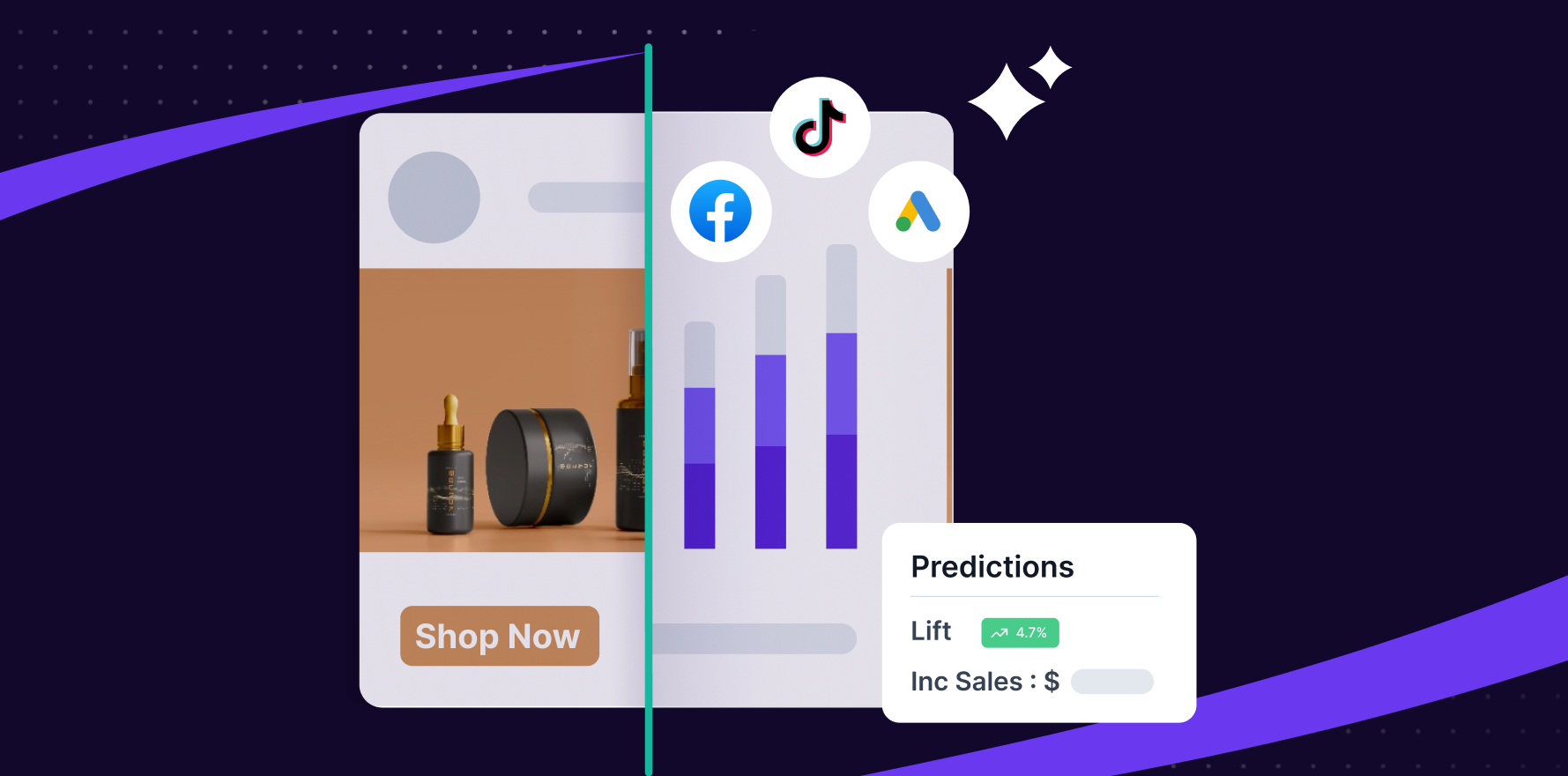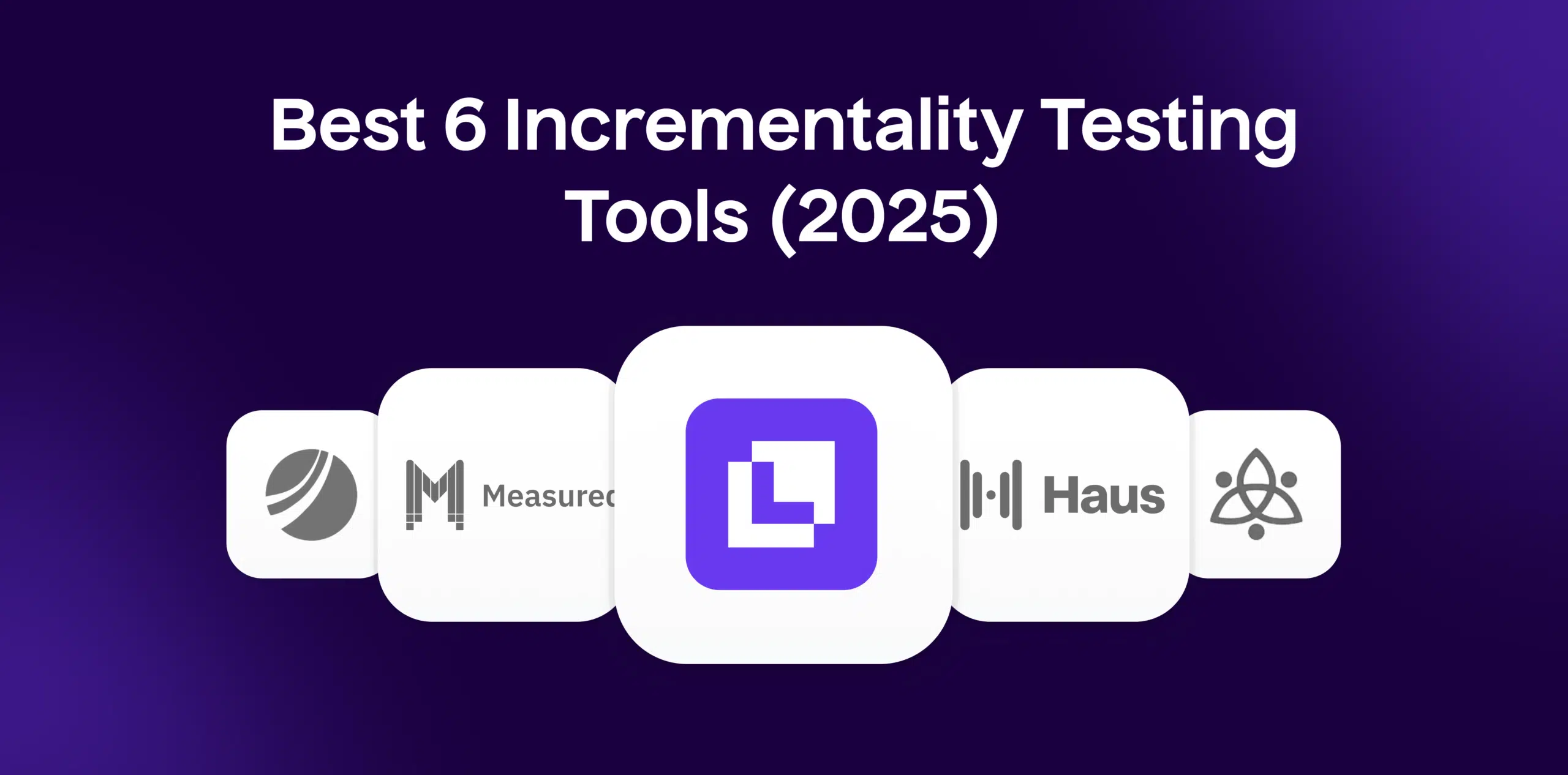What is Equal Attribution?
Equal Attribution, often referred to as Linear Attribution, is a methodology used in ecommerce and digital marketing to allocate the same value to each touchpoint or interaction that has led to a conversion. In essence, this model acknowledges that every step in the customer’s journey, from initial research to the final purchase, plays an equally important role. This type of attribution model is beneficial when every touchpoint is integral and contributes to the final conversion, and it’s usually appropriate for long sales cycles where customer interaction is complex.
Formula
Example
Consider a customer who had four interactions before a purchase – clicked on a Google ad, opened an email newsletter, engaged with a social media post, and finally clicked on a retargeting ad. In the Equal Attribution model, each touchpoint would obtain 25% attribution for the conversion.
Why is Equal Attribution important?
Equal Attribution presents a holistic view of all channels that contributed to a conversion. It is useful for gaining an understanding of the overall marketing performance and identifying all effective customer touchpoints. It helps optimize budget allocation across different channels and creates a balanced marketing strategy.
Which factors impact Equal Attribution?
Though Equal Attribution is valuable, it doesn’t consider the varied impact each touchpoint can have on a conversion. Improving it involves using a data-driven or position-based model, customizing your model based on the nature of your business and customer behavior, and testing different models and touchpoints to find the best fit.
How can Equal Attribution be improved?
The type of products or services, the nature of the business, length and complexity of the sales cycle, number of marketing channels, customer behavior, frequency of interactions, and the time taken for conversion, all impact Equal Attribution.
What is Equal Attribution’s relationship with other metrics?
Equal Attribution is related to various other ecommerce metrics like customer acquisition cost (CAC), customer lifetime value (CLV), return on ad spend (ROAS), and conversion rate. The method used for attribution may influence these metrics and their interpretation.
Free essential resources for success
Discover more from Lifesight

























































